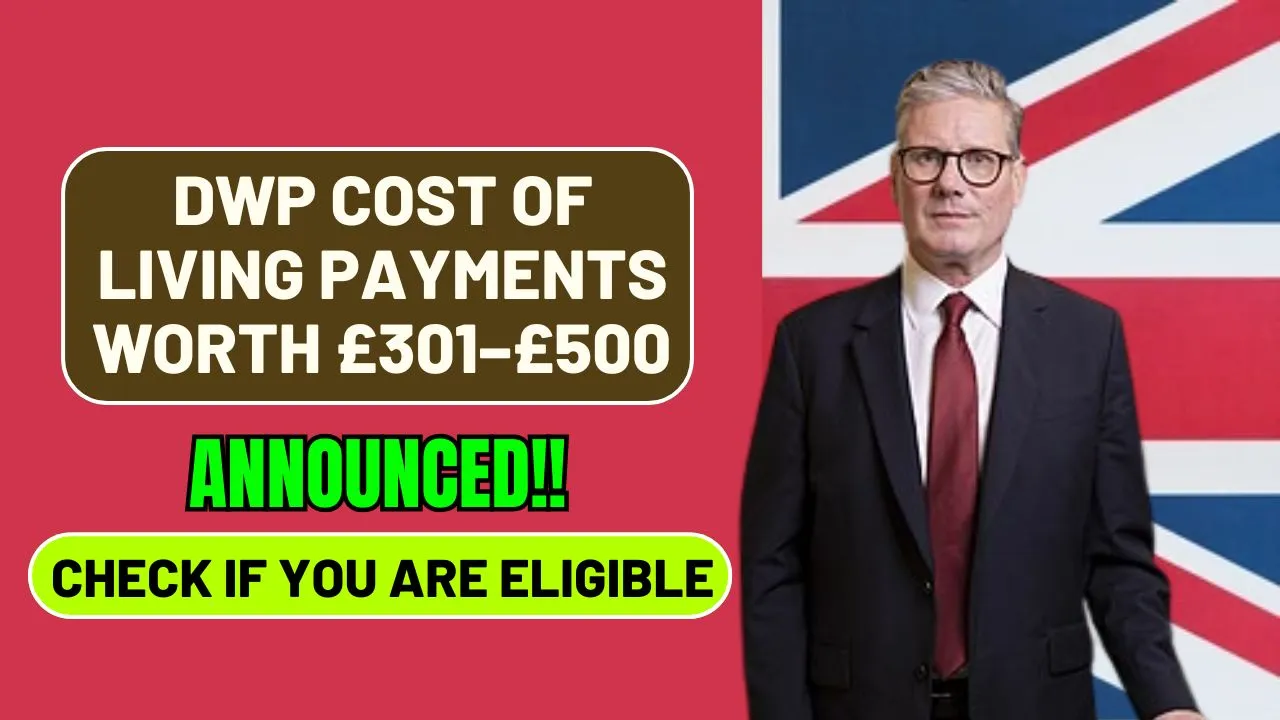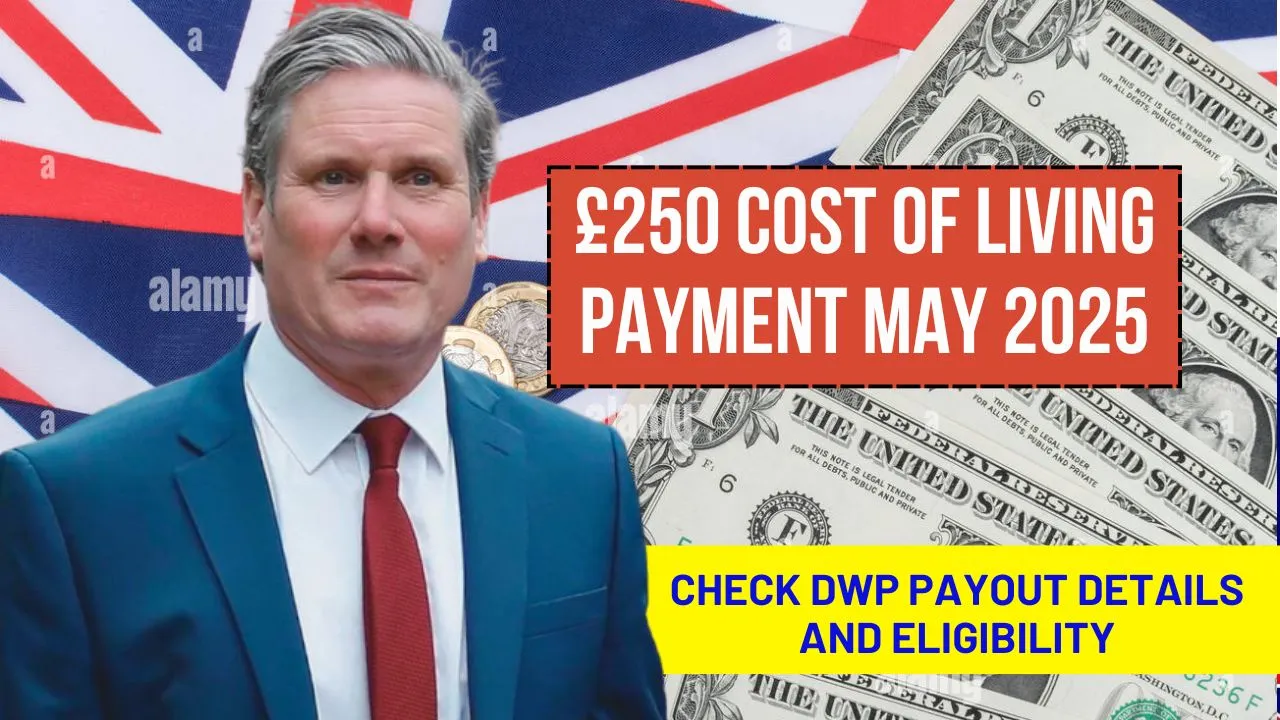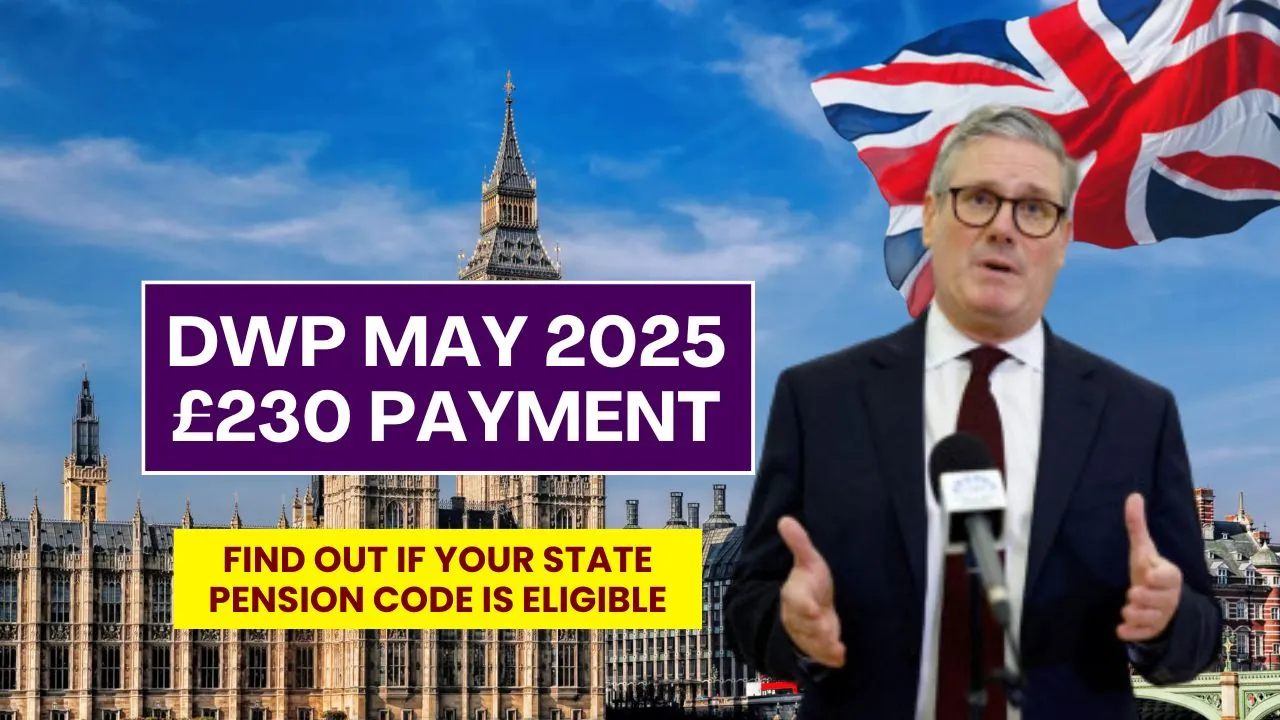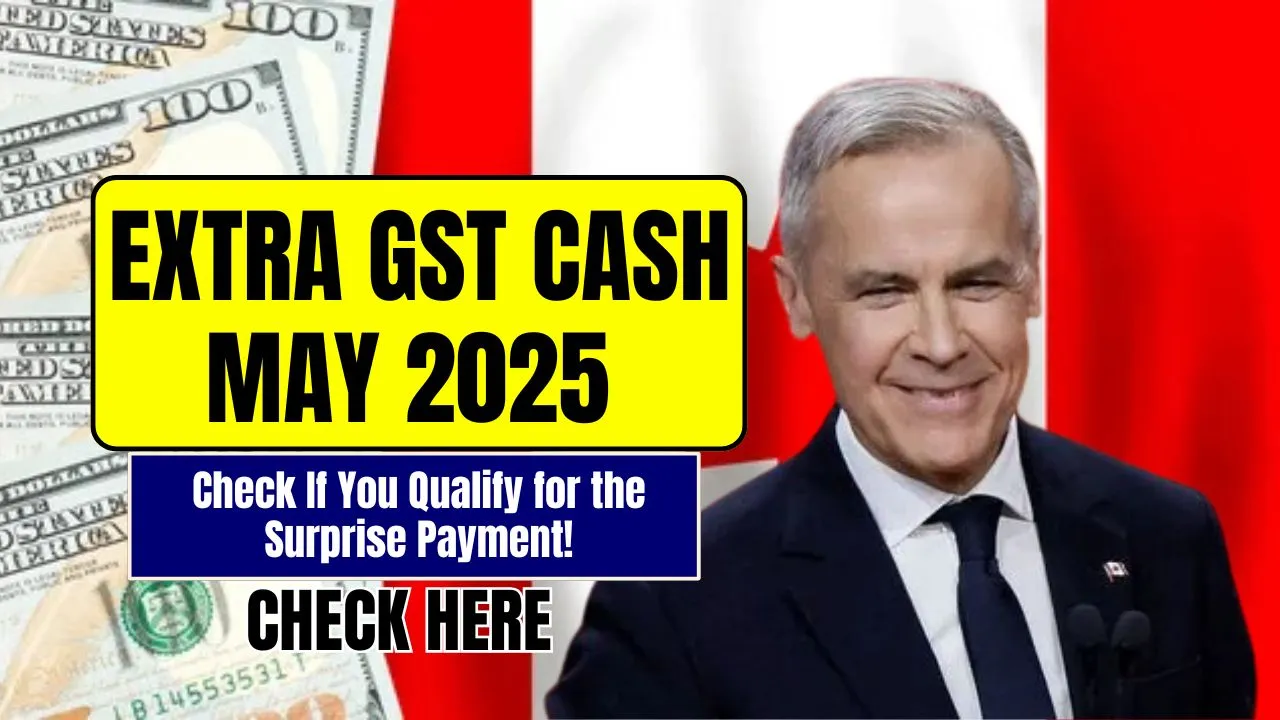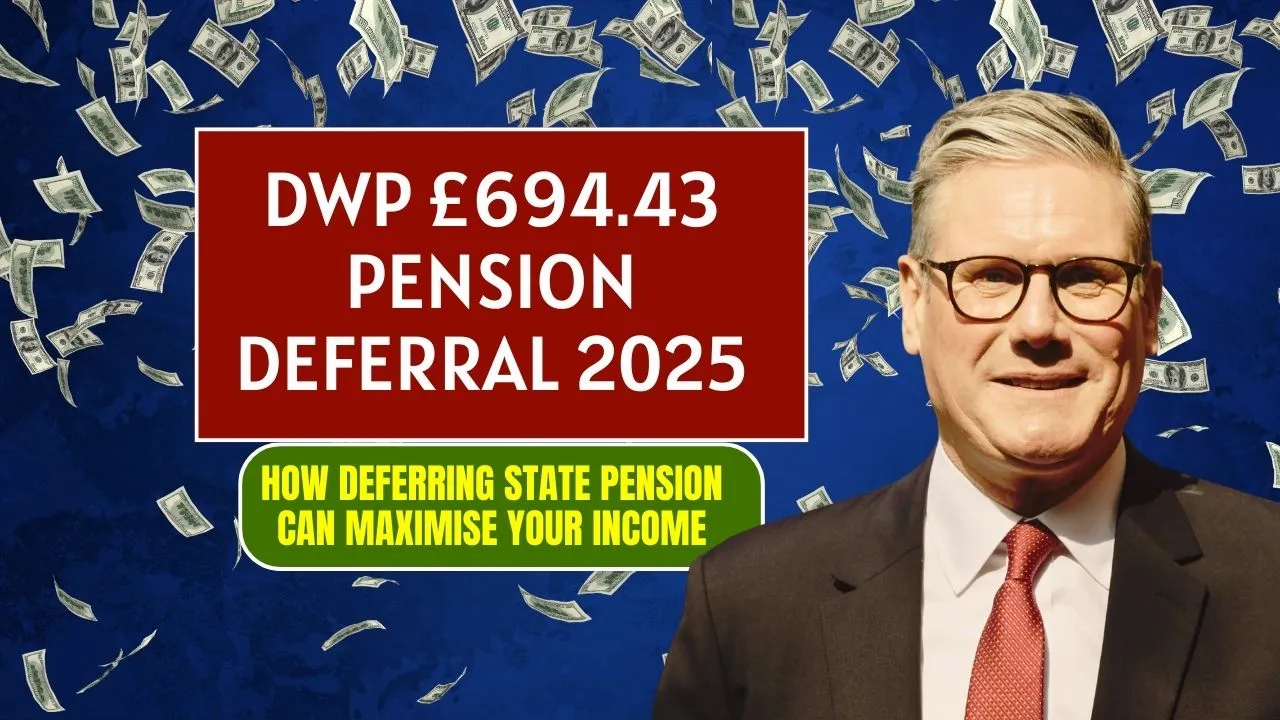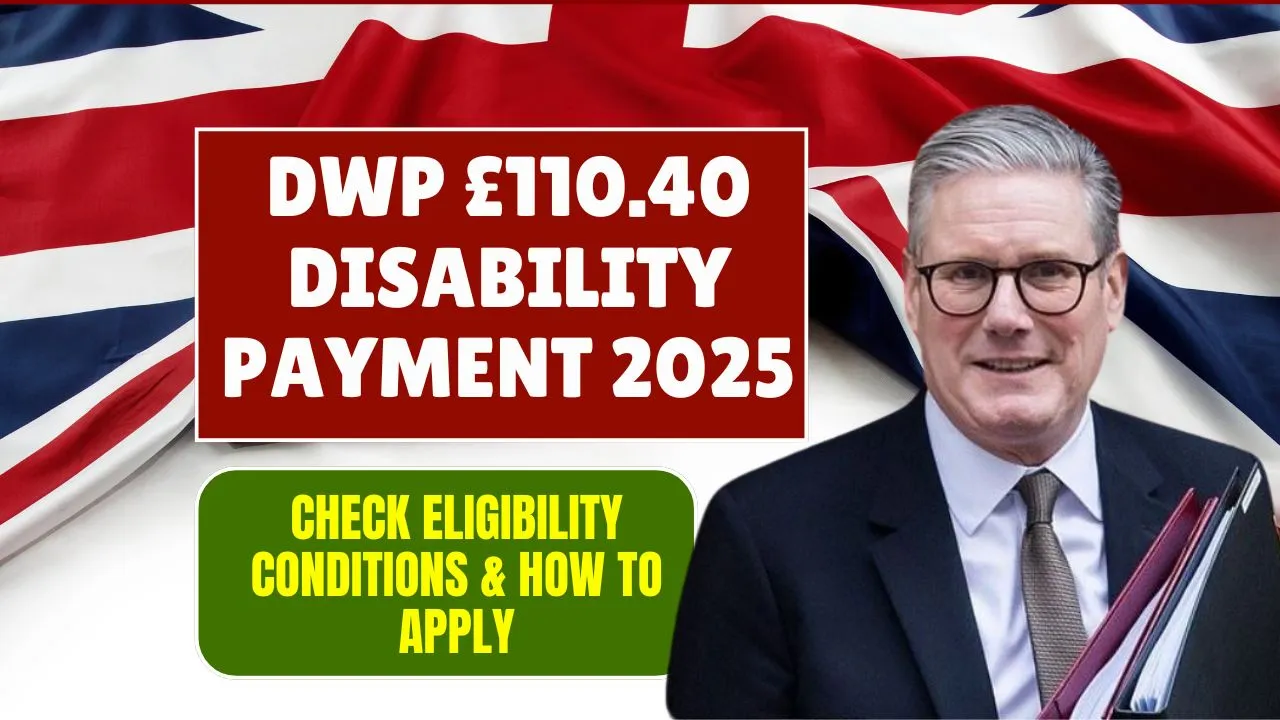DWP Cost of Living Payments 2025: With the rising costs of energy, food, housing, and other essentials continuing to put pressure on UK households, financial support remains a top concern for many. In response, the Department for Work and Pensions (DWP) has stepped in once again with new assistance designed to ease the burden on low-income and vulnerable groups.
The DWP Cost of Living Payments 2025 are now officially confirmed, offering support ranging from £301 to £500 for eligible individuals. These payments will be distributed in phases across the year and are aimed at those receiving certain government benefits. This article outlines who qualifies, when the payments will be made, and how to ensure you don’t miss out.
DWP Cost of Living Payments 2025
The DWP Cost of Living Payments 2025 are part of the government’s ongoing efforts to shield the most financially vulnerable from rising living expenses. These one-off payments will be distributed automatically to eligible households in three phases throughout the year—spring, summer, and autumn.
The payments are structured to provide timely help and will reach those on Universal Credit, Pension Credit, Income Support, and other qualifying benefits. No separate application is needed, but recipients must be receiving eligible benefits during the designated assessment period.
Overview of the 2025 Cost of Living Payments
| Feature | Details |
| Payment Range | £301 to £500 |
| Eligibility | Universal Credit, ESA, Pension Credit, JSA, Tax Credits, Housing Benefit |
| Disbursement Timeline | Spring, Summer, Autumn 2025 |
| Application Process | Automatic (no need to apply) |
| Payment Method | Direct bank deposit via existing DWP payment method |
| Extra Support | Higher payments for disabled individuals, carers, and those with health needs |
| Source | DWP Official Website and Government Guidance |
£200 Cost of Living Payments Rolling Out in April 2025 – Who Can Apply and How
While the core payment of £301 is planned for spring, additional £200 cost of living payments are also scheduled to roll out during summer 2025 for certain households. These payments target the same benefit groups and will be delivered automatically.
There is no need to apply separately for the spring or summer instalments, but you must be receiving qualifying benefits like Universal Credit or Pension Credit during the relevant periods. The DWP’s system is designed to flag and process eligible claims directly, reducing administrative work for applicants.
What Are These Payments For?
The main purpose of the DWP Cost of Living Payments 2025 is to help households cover everyday expenses such as:
- Energy bills during colder months
- Rising grocery costs
- Transportation
- Rent or mortgage support
- Health-related expenses
With ongoing economic uncertainty, these payments are a practical lifeline for millions—helping ensure that those with the least don’t fall further behind.
Payment Schedule for 2025
The payments will be delivered in three phases throughout the year to allow consistent support:
| Phase | Timeline | Amount |
| Spring | March to May 2025 | £301 |
| Summer | July to August 2025 | Up to £200 extra |
| Autumn | October to December 2025 | Final top-up (varies) |
This schedule ensures financial help is spaced out and matches the periods when households typically face increased bills or additional financial strain.
Who Is Eligible for These Payments?
Eligibility is largely based on whether you receive certain means-tested benefits during the qualifying assessment windows. If you receive any of the following, you may be entitled to one or more of the 2025 cost of living payments:
- Universal Credit
- Income Support
- Pension Credit
- Income-based Jobseeker’s Allowance (JSA)
- Income-related Employment and Support Allowance (ESA)
- Working Tax Credit
- Child Tax Credit
- Housing Benefit
Eligibility is checked automatically by DWP systems, so if you’re receiving any of these benefits during the relevant periods, you’ll be paid without needing to apply.
Extra Payments for Vulnerable Groups
In addition to the standard payment amounts, extra help is available for certain vulnerable individuals:
- Disabled individuals receiving Personal Independence Payment (PIP) or Attendance Allowance may qualify for higher or additional payments to cover medical-related expenses.
- Carers supporting someone on disability or pension benefits may receive enhanced support.
- Households with increased heating needs due to chronic medical conditions or special care requirements may receive top-ups to help with high energy use.
These additions ensure that support reaches those with the most pressing needs.
How Will You Be Paid?
The DWP has streamlined the process to make it as simple as possible for recipients. Here’s how it works:
- Automatic Payments: No need to apply. If you qualify, the payment is processed directly.
- Bank Transfers: The funds will be sent to the same bank account you already use for your benefit payments.
- No Paperwork: As long as your benefit status and contact details are up to date, the payment will be deposited automatically.
Important: Ensure your bank account details and address on file with DWP are current to avoid delays.
Why These Payments Are Crucial
According to the Office for National Statistics (ONS), nearly one in four UK households struggled to pay bills in 2024. These cost of living payments are a response to that growing hardship, aimed at:
- Preventing fuel poverty
- Supporting food security
- Easing rent pressure
- Reducing reliance on credit or payday loans
For many, these payments mean the difference between meeting monthly costs or falling into debt.
Real-World Scenarios
To better understand the impact of these payments, here are a few examples:
- A single-parent household receiving Universal Credit could use the spring payment to cover heating costs during colder months.
- A retired couple on Pension Credit might apply their funds toward food and prescription costs.
- A disabled person on ESA could use the extra payment for energy costs linked to essential medical equipment.
These are not just numbers—they represent real, tangible support for real people.
Tips to Ensure You Receive the Payment
To make sure you don’t miss out:
- Check your benefits status – Make sure you’re receiving a qualifying benefit during the right time period.
- Update your details – Confirm your bank info and address are correct with DWP.
- Watch for updates – Monitor official DWP channels or your benefit account for announcements.
- Explore additional support – You may also qualify for the Warm Home Discount or local council help through the Household Support Fund.
Final Notes
The DWP Cost of Living Payments 2025 offer much-needed relief during a time of high prices and financial uncertainty. With payments ranging from £301 to £500, and no application required for most recipients, this programme is one of the simplest and most impactful government interventions available today.
